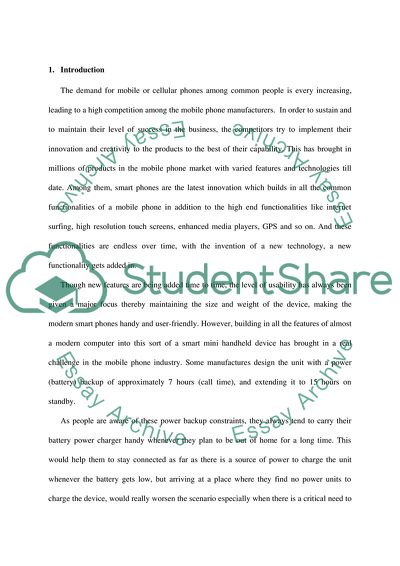Cite this document
(Wind-Powered iPhone Battery Charger Lab Report Example | Topics and Well Written Essays - 3500 words, n.d.)
Wind-Powered iPhone Battery Charger Lab Report Example | Topics and Well Written Essays - 3500 words. https://studentshare.org/engineering-and-construction/1764159-electronic-building-an-wind-operated-iphone-charger
Wind-Powered iPhone Battery Charger Lab Report Example | Topics and Well Written Essays - 3500 words. https://studentshare.org/engineering-and-construction/1764159-electronic-building-an-wind-operated-iphone-charger
(Wind-Powered IPhone Battery Charger Lab Report Example | Topics and Well Written Essays - 3500 Words)
Wind-Powered IPhone Battery Charger Lab Report Example | Topics and Well Written Essays - 3500 Words. https://studentshare.org/engineering-and-construction/1764159-electronic-building-an-wind-operated-iphone-charger.
Wind-Powered IPhone Battery Charger Lab Report Example | Topics and Well Written Essays - 3500 Words. https://studentshare.org/engineering-and-construction/1764159-electronic-building-an-wind-operated-iphone-charger.
“Wind-Powered IPhone Battery Charger Lab Report Example | Topics and Well Written Essays - 3500 Words”. https://studentshare.org/engineering-and-construction/1764159-electronic-building-an-wind-operated-iphone-charger.


